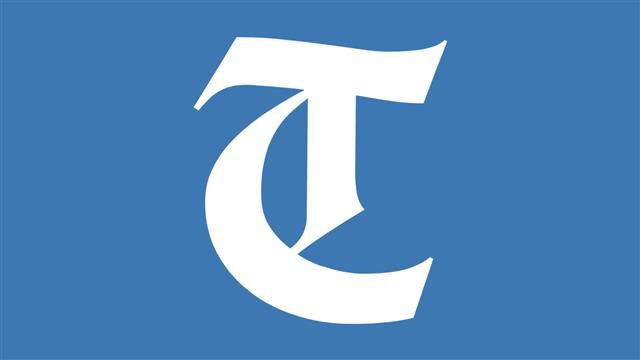A SYMBOL is usually an object from everyday life that takes on multiple meanings. Objects that gain in significance because of the associations and connections that they evoke, transform into symbols. Symbols date back to pagan religions and ancient practices across cultures. The dove and the lamb, symbols of peace and innocence, respectively, date back to biblical times. The symbol of star(s) and a crescent in different combinations was widely used in the ancient worlds of Persia and Central Asia.
‘Rituals’ refer to actions performed in a prescribed order and the term originated from ceremonial practices across religions. Most religious rituals use specific symbols. Ritual also refers to actions or behaviour regularly and invariably followed by individuals. Symbols and rituals now form part of political and national events in our modern world.
A flag is a rectangular piece of cloth fixed at one end of a pole that flutters in the breeze. The flag becomes a symbol the moment it is associated with a larger role. Flags are used to start off races, trains and traffic. They also represent religious denominations, political groups and a multitude of nations. Denmark’s flag is presumably the world’s oldest, and legends date it back to the early 13th century. Variations of the star and the crescent symbol, first used by the Ottoman Empire in the 19th century as a nationalist symbol, are found today on the national flags of Turkey, Tunisia, Algeria, Pakistan and Malaysia.
The Indian ‘Tiranga’(Tricolour), adopted on the occasion of Independence, is a flag that belongs to a middle-aged democracy. Yet, India also occupies the distinction of being the cradle of the world’s oldest civilisation. For all Indians, the national flag is an emotive symbol, embodying the country’s rich plural heritage. The central white band on the flag has a 24-spoke chakra (adopted from the base of the Ashoka pillar). This symbol links us to the legacy of King Ashoka who laid down the law (dharma) as ruler of vast territories in ancient India. The three colours add their own energy. Saffron, the uppermost colour, symbolises (verb) courage and selflessness. White embodies peace, purity and honesty while green represents steadfastness, growth and prosperity.
The Indian state guards its national symbols zealously. Republic Day and Independence Day are public holidays. On Republic Day, our parade and state floats (jhankis) are flagged off by the President, while millions of Indians watch the flag march at the parade grounds and on television. This is a nationalistic ritual that is observed annually on the 26th of January. On August 15, on the occasion of Independence Day, the Prime Minister makes a ritual speech from the ramparts of the Red Fort which is transmitted to the burgeoning nation over radio and television every year. The national anthem is the most portable and most used of all our symbols. The Tricolour has become more accessible in recent years and has also been hoisted on private rooftops. It is one thing to instil pride and affection for our national symbols and an entirely different matter to confine them to repetitive rituals.
During the Emergency, mandatory obeisance was demanded of cinema goers to the national anthem, which was played in movie halls after every show. Currently, educational institutions are being asked to demonstrate nationalistic obeisance on every conceivable occasion. For our symbols to remain a source of strength, the state must be mindful of the values they enshrine. Jingoistic, coercive displays of any kind will reduce our grand symbols to tokens of little value.
Unlock Exclusive Insights with The Tribune Premium
Take your experience further with Premium access.
Thought-provoking Opinions, Expert Analysis, In-depth Insights and other Member Only Benefits
Already a Member? Sign In Now










